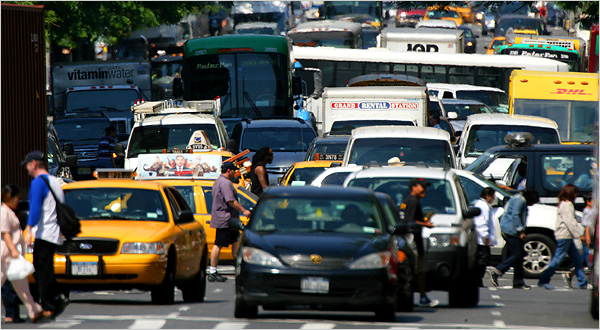
When discussing auto insurance rates, talking about geography (and the influence that where someone lives can have on their premiums) can be a rather touchy subject. In fact, it’s difficult to explore the subject without recognizing the potential for discriminatory overtones. Still, it’s clear that where your car is parked at night can have a major impact on your auto insurance rates.
Everyone makes tradeoffs in life. If you enjoy cultural activities and nightlife, or just the conveniences that a city has to offer, you’ll likely pay more for everything, from housing to groceries, in order to live in an urban area. The cost of insuring your vehicle is no different. There are many reasons that auto insurance rates can vary wildly by postal code, even in neighboring communities.
A Bullet List of Reasons
If you live in an urban area, and wonder why your country-living sister pays substantially less to insure her vehicles, here’s a short list that explains why:
- Population and vehicle density: It stands to reason that in a more crowded location such as a city, there’s more vehicle traffic. More cars on the road mean more accidents. More accidents mean more claims. And so, auto insurance rates in a more populated area reflect the increased risk of accident payoffs that insurers take on when they bind a policy in a city.
- Higher crime rates: In general, urban areas have significantly higher crime rates than suburbs or rural areas. To your insurer, this means that your vehicle is at greater risk of being stolen or vandalized. Again, auto insurance rates tend to reflect crime statistics in any given area, and the chances that you’ll make a claim if you’re a victim of crime.
- Auto insurance fraud: Over the past decade, instances of auto insurance fraud have skyrocketed. Most scam artists who perpetrate these accident fraud schemes tend to operate in urban areas because of population density, and to an extent because police enforcement / auto accident investigation tends to be a secondary activity in law enforcement.
The Disparity in Auto Insurance Rates
The Insurance Information Institute has compiled some startling statistics when it comes to car insurance rates in urban areas, and it’s worth reviewing to understand the disparity in auto insurance rates in various geographic areas. For example, at almost $6,000 / year, Detroit was the costliest city in the U.S. for car insurance in 2010. Wapakoneta, Ohio, only two hours down Interstate 75 from Detroit, was the cheapest at $850 / year.
So yes, when it comes to auto insurance rates, it’s kind of like the old saying in the real estate industry:
Location, location, location.





